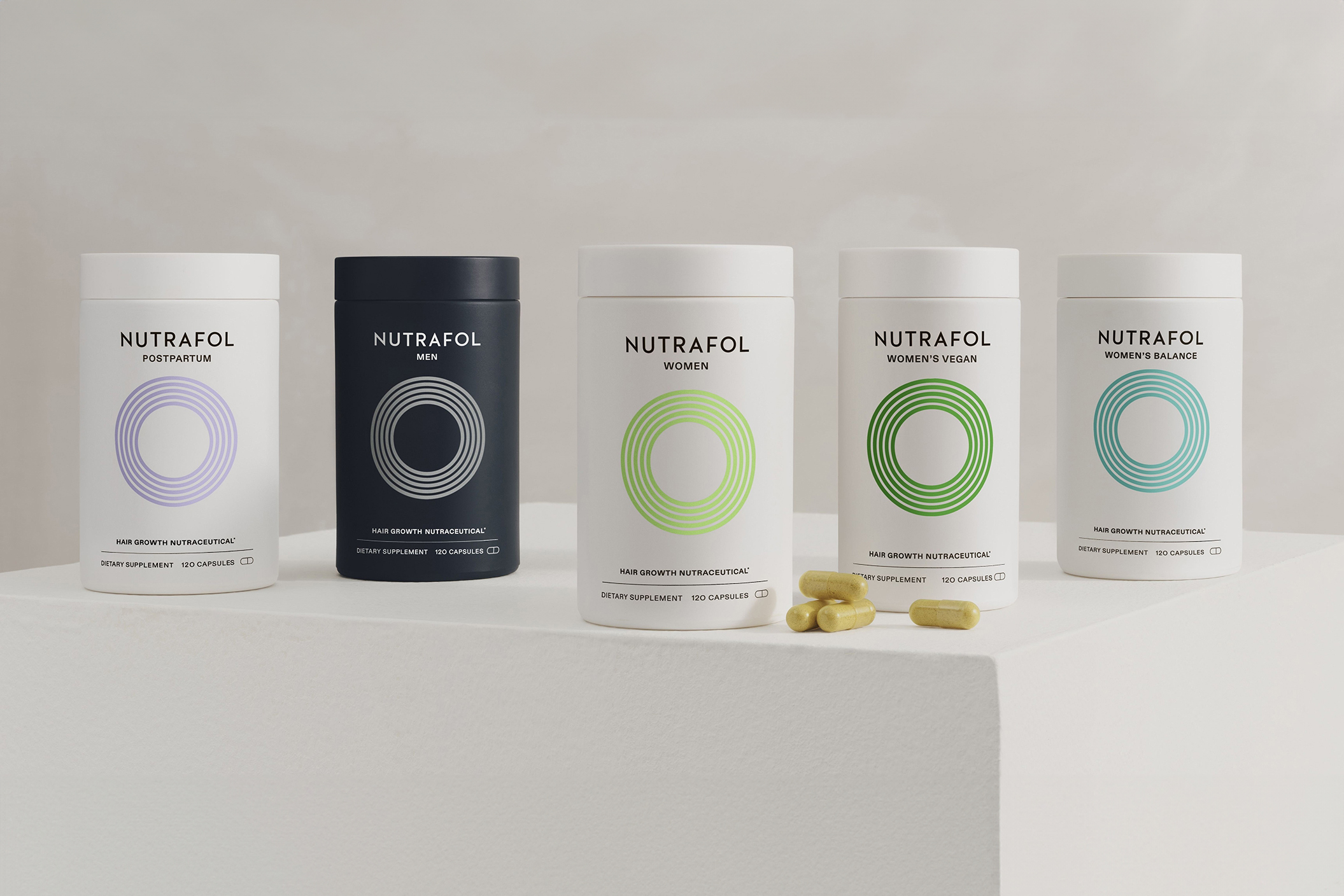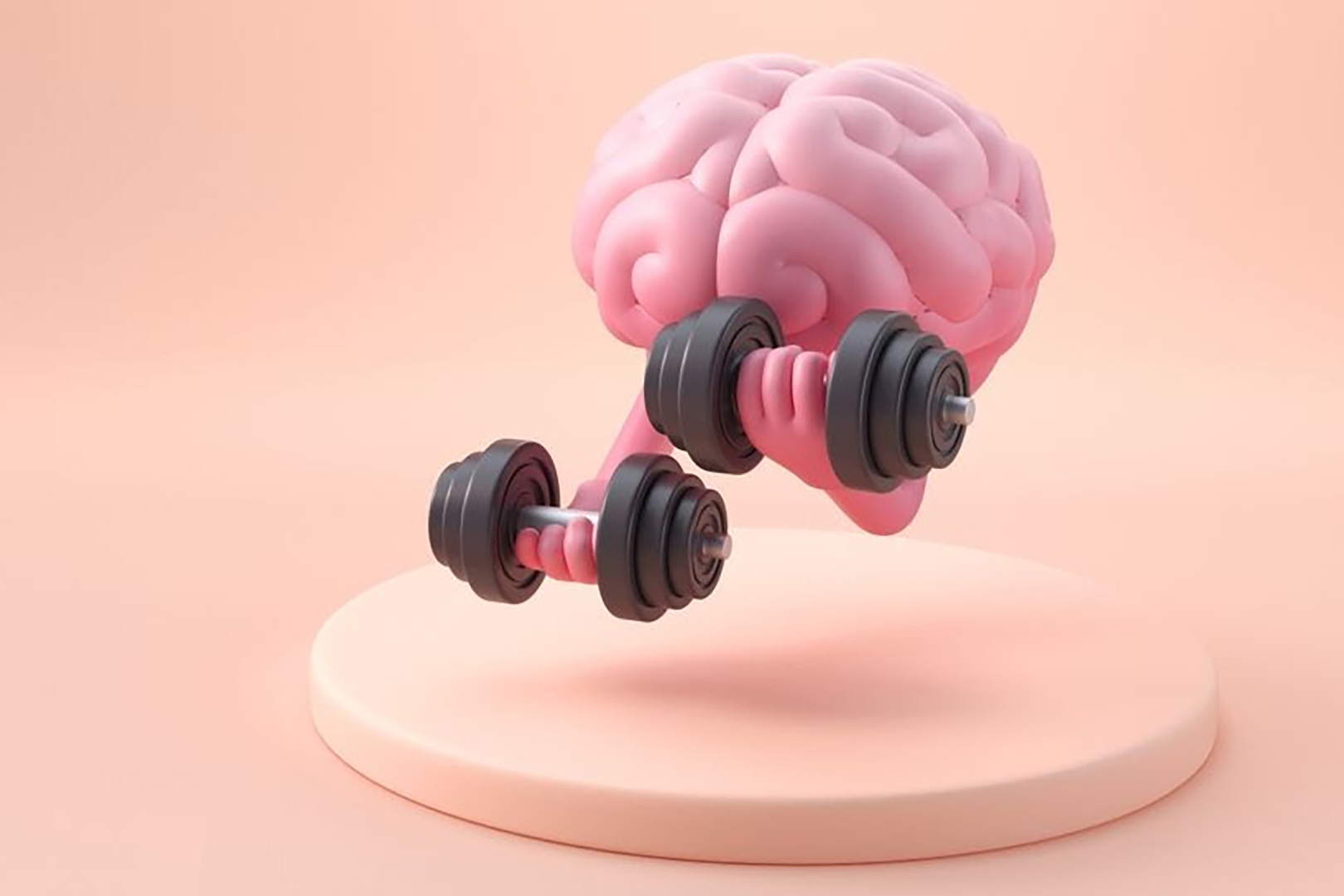Dear readers,
When my family arrived in America from Poland in 1989, I was just seven years old. Coming from cold war Poland, where store shelves were empty and lines were long, American grocery stores seemed like a miracle – rows upon rows of colorful packages, each promising convenience and satisfaction.
But I’ll never forget my mother’s puzzled expression as she walked those aisles. “The stores are so full,” she said, “but where is the real food?” She was looking for the simple ingredients she knew – fresh vegetables, whole grains, unprocessed meats – but instead found endless boxes and packages of food-like products with ingredients she couldn’t pronounce.
My mother’s instincts were right. While those shelves appeared abundant, they were largely filled with ultra-processed foods that have now been linked to numerous health problems. As a physician, I see the impact of these dietary changes every day in my practice.
The difference between the simple, whole foods of my childhood in Poland and today’s standard American diet is stark. Back then, meals were built around vegetables from local gardens, whole grains, and small portions of meat. Nothing was “low-fat” or “sugar-free” – it was just real food, prepared at home.
Today, we know that this traditional way of eating supports our health in profound ways:
Our gut microbiome thrives on real food. Those trillions of beneficial bacteria that live in our digestive system prefer the complex carbohydrates and fiber found in whole foods, not the simple sugars and artificial sweeteners in processed foods. When we feed our gut bacteria well, they help regulate our immune system, mood, and even our weight.
Inflammation, the root cause of many chronic diseases, is directly influenced by what we eat. Real foods are naturally anti-inflammatory, while ultra-processed foods can trigger inflammatory responses in our bodies. The artificial additives, preservatives, and industrial oils found in processed foods can disrupt our body’s natural balance.
Our metabolism functions best when given real food. Whole foods require more energy to digest and provide steady, sustained energy rather than the spikes and crashes we get from processed foods. This helps maintain healthy blood sugar levels and supports natural weight management.
Perhaps most importantly, real food contains thousands of beneficial compounds that work together in ways we’re only beginning to understand. No manufactured vitamin supplement or fortified processed food can replicate the complex nutrition found in a simple apple or piece of wild-caught fish.
So how do we find “real food” in today’s world? Start by shopping the perimeter of the grocery store, where you’ll find fresh produce, meats, and dairy. Look for foods with ingredients you recognize – better yet, foods that don’t need an ingredient list because they are the ingredient. Cook more meals at home, even simple ones. Connect with local farmers markets when possible.
The transition back to real food doesn’t have to be overwhelming. Start with one meal, one ingredient, one change at a time. Your body will thank you with better energy, clearer thinking, improved digestion, and long-term health.
My mother’s wisdom from 1989 rings even truer today: real food matters. In our quest for convenience and “improved” foods, we’ve wandered far from what our bodies actually need. But we can always find our way back to real food. It’s still there, waiting on the periphery of those packed grocery store aisles, ready to nourish us the way nature intended.
To your health,
Dr. Aleksandra Gajer






